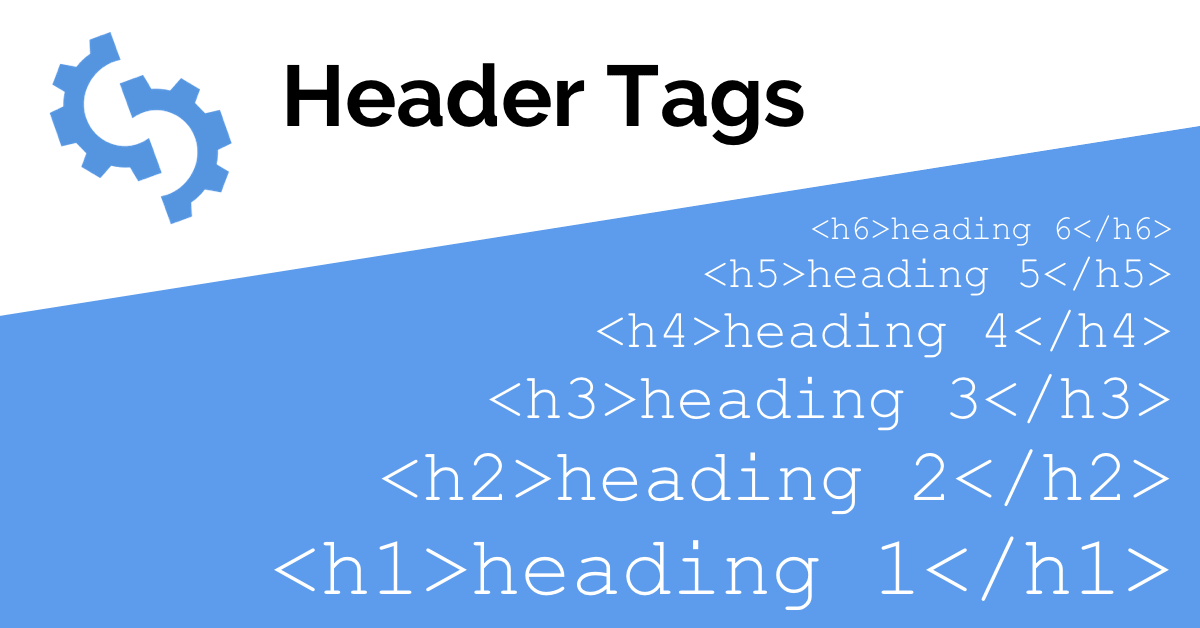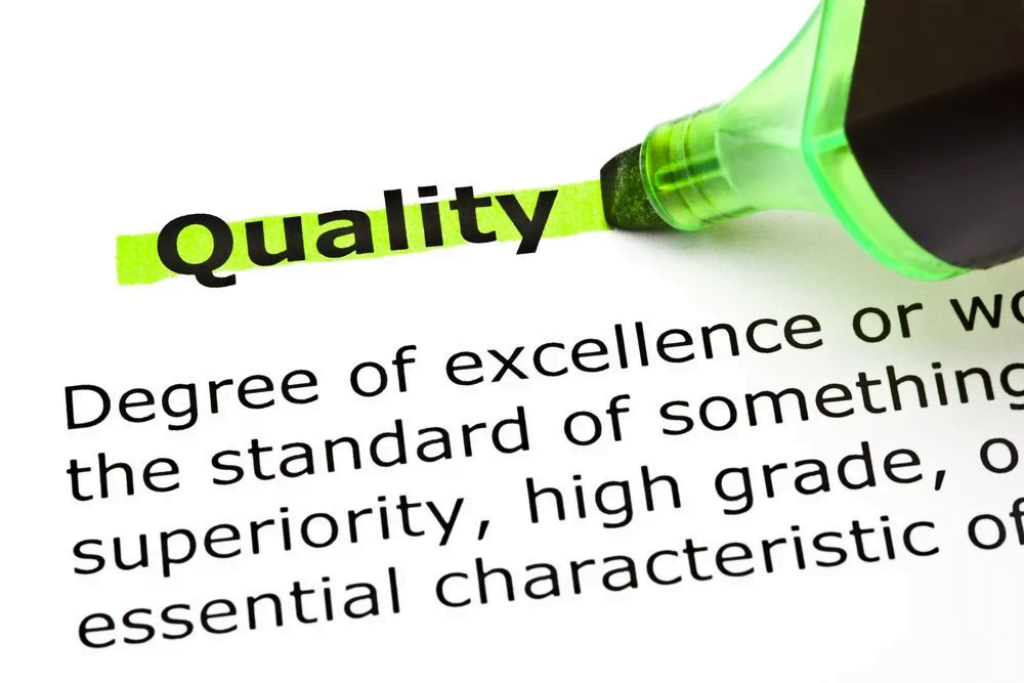Everyone running a website is always struggling with visibility that is why they are always looking for the Best SEO services. You want to be discovered by Google and visitors. And that’s where SEO comes in. Search engine optimization allows website owners to make their website highly discoverable when searched using keywords and other elements of your website. The problem is the majority of businesses and companies only use keywords for their SEO and ignore all the other aspects of SEO. If you are among this lot and its hard-working for you, it’s time you explore other ways for your SEO strategy to work.
For your SEO strategy to
work, you have to understand that search engine algorithm not only rate the
relevance of your keywords on pages. It also evaluates several elements like
dwell time, broken links, pages viewed, bounce rate, outbound, and inbound
links, and so many other things. Making users stay on your site and interacting
with it can greatly improve your website ranking. One way to do this is by
improving the user experience and site usability. You will only fulfill half of
your SEO strategy using keywords and it’s up to you to explore and implement
the other half to make the strategy successful. User-friendliness should point
you in the right direction. In this article, we are going to discuss various
aspects of website usability and how it affects website ranking. We are also
going to look at ways to improve SEO rankings by enhancing website
usability.
What is website
usability?
When talking about
website usability there are several elements of web design that come to mind.
These elements contribute a lot to conversion.
These elements include:
Effectiveness–Effectiveness means what a visitor is likely to achieve by
accessing your website. Does your website have everything needed by the visitor
to meet its objectives? These include products, information, and contact
details, in case they need clarifications from you.
Efficiency– This always goes hand in hand with effectiveness or
complements it. Yes, you may be able to cater to their needs or help them
achieve their objectives, but how long can you do it? If you can’t provide the
right information or products in time, visitors will have no choice but to
click away and find another efficient site. This means that they are going to
spend very little time on your website which will affect your website
ranking.
Learnability– How quickly can users learn to navigate or use your website?
Do you have the right items in the right place? Can the visitor access the call
to action buttons easily without straining? If you don’t make it easier for
them to get around, they’ll spend much of the time trying to figure things out
and less time to consume your content. This may also lead to frustration
forcing them to click away.
Memorability– Your Website should have the right design which identifies
your brand to make it easier for them to recognize it every time they want to
return and interact with it. Does it have anything unique to make it memorable?
This brings you to repeat traffic which will help you boost your traffic. Have
you targeted the right keywords to make your site visible to search engines and
visitors?
Error Prevention – User experience is mostly interrupted by countless errors on
your site. This eventually leads to poor website ranking. A good example is a
404 Page Not Found error, a link that says one thing but displays something
else, or a broken link that is no longer valid.
Website usability helps
you boost your website ranking by an increasing engagement which is seen as
user-friendliness which leads to a high ranking. Additionally, Google favors
sites that are user-friendly besides being keyword-rich. Your SEO ranking is
improved when your visitors stay on the site longer, view more pages, and
repeat their visits.
That said, let’s now look
at 5 SEO tactics to help you improve your website design to stability and
improve your SEO ranking.
1. Generate and Publish
High Quality and Relevant Content
To increase the dwell
time from your visitors, which is the time spent by visitors, it is important
to create, unique, high quality, and engaging web content. The length of the
post or article also matters. The majority of visitors find the content of content
between 2,000 – 2,500 engaging. Content length doesn’t affect your site SEO
directly, but visitors want detailed information to stay longer on your site
thus increasing the day time. Longer content also allows you to include more
keywords and incorporate more outbound links. Lengthier posts allow visitors to
bookmark your site which boosts your website ranking.
2. Page load speed

Google and Bing use page loading speeds to rank websites. All it takes is a few seconds to impress or disappoint your visitors. If your site takes more than 4 seconds to load, this is not good for your SEO ranking. Besides reducing the dwell time and increase bounce rate, slow websites also reduce page views. This will seriously hurt your SEO ranking. Fortunately, there are many ways to improve your website speed. Using clean code that is streamlined, using caching plugins, using few and relevant SEO tools, and reducing redirects. You can also reduce image files to make your pages load fast.
3. Image optimization

Formatting and resizing
image files are not only meant to make your loading speeds but also help you to
directly improve your SEO. By using keywords for your site image files, you
signal the relevance of your content to search engines. If you are going to
incorporate images on your website, ensure that you also use keywords when
defining your images. This way, when visitors search using images, they are
likely to find your site.
4. Header tags

Text monotony is not good
for your SEO. That is why you need to incorporate good formatting to improve
the user experience. It also makes visitors hooked to your content and they are
going to enjoy reading the content. This signals relevance to search engines.
Header tags also help break up your content into sections for easier reading.
Inserting header tags in WordPress is pretty easy and helps to improve user
experience and SEO ranking of your website.
5. Outbound links

To improve on your site’s
authority and relevance, you can try linking out to authoritative sites for
more in-depth information your readers can use. Sites with authority also
increase time spent on your site and make your site relevant to search engines.
Sending trust signals to search engines improves your SEO ranking.
Final Words
Don’t just spend your
time and resources creating a website that you don’t intend to improve on its
visibility. Start improving your website ranking by using these tips and you
will eventually make it to the first page to fix Google search engine and other
relevant searches.
